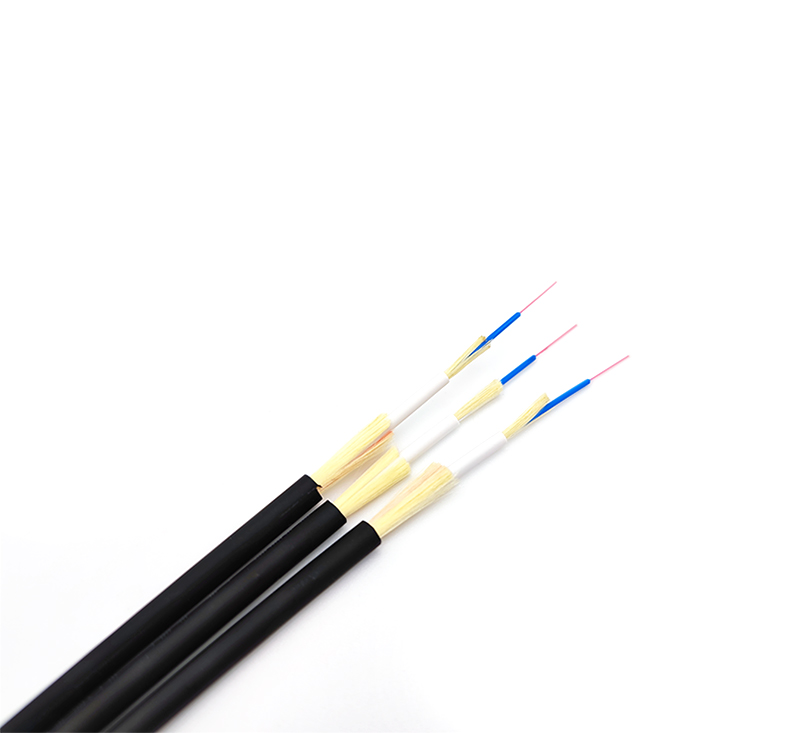Proper installation of optical cables can ensure that optical cables work efficiently and smoothly. The following optical cable manufacturers explain some precautions for optical cable installation:
First, the quality of the optical cable needs to be determined before and after installation:
In order to prevent quality problems after installation of the optical cable and to clear up disputes that may be caused by cable damage, it is best to test the quality of the optical cable before installation. It is not too complicated or takes a long time to test, you can use the optical fiber continuity tester to carry out To test, just make sure the fiber optic cable is not damaged. If the optical fiber can transmit the optical signal normally, it means that there is no damage. If there is any indication that the quality of the fiber is questionable, be sure to test it or refuse to use it.
Other exceptions are seen during installation, post-installation testing is recommended. Abnormal problems may be caused by too much pulling on the fiber optic cable or other factors. All problems can jeopardize the quality of the fiber, and the sooner the difficulties are identified and resolved, the better.

2. Prevent fiber consumption or excessive stretching:
When installing fiber optic cables, the minimum bend radius and tensile strength of the fiber must be considered to prevent unnecessary losses or link failures. Before using fiber optic cable, you should first measure exactly the length you need to keep your loss budget to a minimum. It must be noted that when installing the optical cable, the maximum tensile force and minimum bending radius of the optical cable should not be exceeded.
Because the core of the optical fiber is made of glass, which is relatively fragile, the most common damage is the core rupture caused by the excessive tensile force of the optical fiber. Therefore, during the installation process, the large tensile force of the optical fiber cannot exceed the required range.
When installing the optical cable, try not to exceed the minimum bending radius of the optical cable. If the bend level of the cable exceeds its minimum bend radius, it may cause fiber breakage or increase link loss. Provided that the fiber components are not damaged, the loss value of the link is recovered when the bend level of the fiber is reduced.
3. Do not exceed the maximum installation length in the vertical direction of the optical cable:
The maximum installation length in the vertical direction of the optical cable refers to the carrying capacity and tensile strength of the optical fiber. In the absence of a central fulcrum, each optical cable has a limited installation length in the vertical direction. Exceeding the defined standard will cause a certain degree of damage to the optical cable.
Fourth, do not mix the types of optical fibers:
Generally speaking, single-mode fiber and multi-mode fiber cannot communicate with each other, because there is a big difference between the specifications of the fiber cores of the two. The core specification of multimode fiber is 62.5μm or 50μm, while the core specification of single mode fiber is only 9μm. If you try to use multimode fiber on a single mode fiber link, the larger core size of the multimode fiber will easily cause larger losses. Therefore, try not to mix multimode and single mode fibers. Similarly, optical fibers with different connectors such as PC, APC, UPC, etc. should not be mixed.










